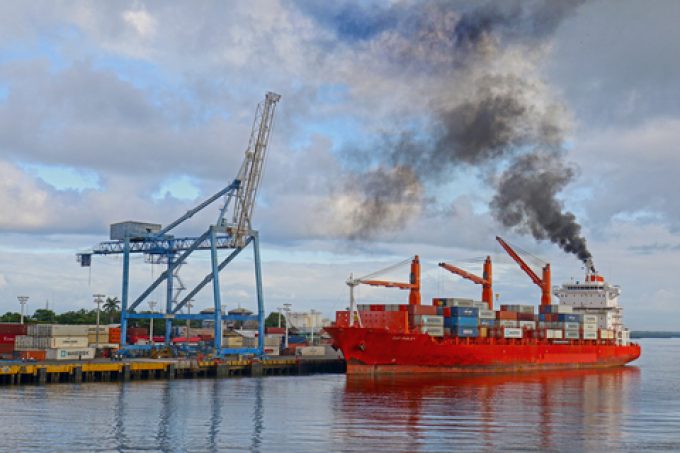Cyber-attacks a bigger threat to cargo owners than cargo ships
A report this week revealed that shipping supply chains are being affected by an alarming ...

There has been a gradual transition in the way the shipping sector perceives decarbonisation. In the recent past, it was more of an aspirational ideal to which only lip service was paid. This was due to there being no commercial incentive to act, coupled with ...

Comment on this article